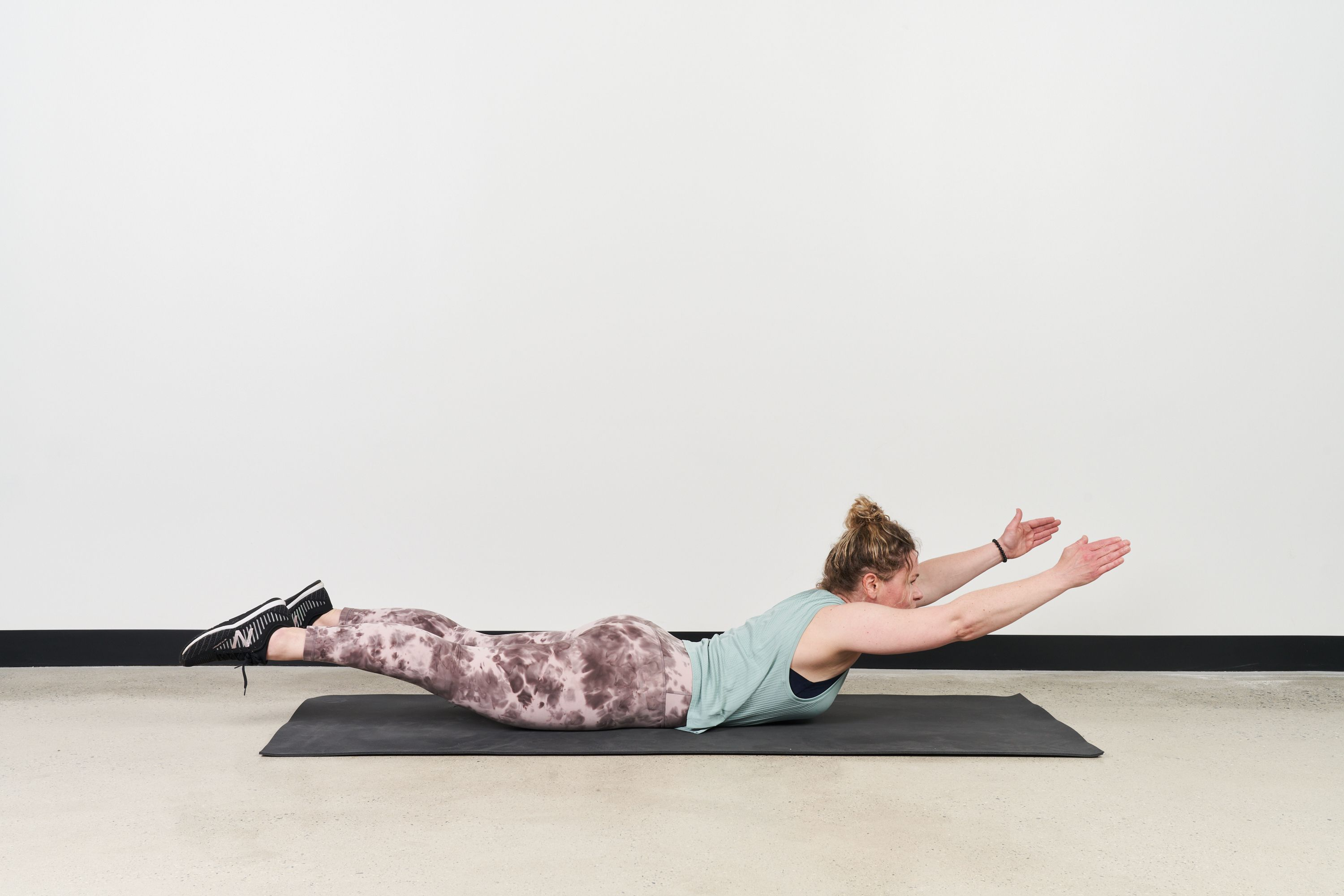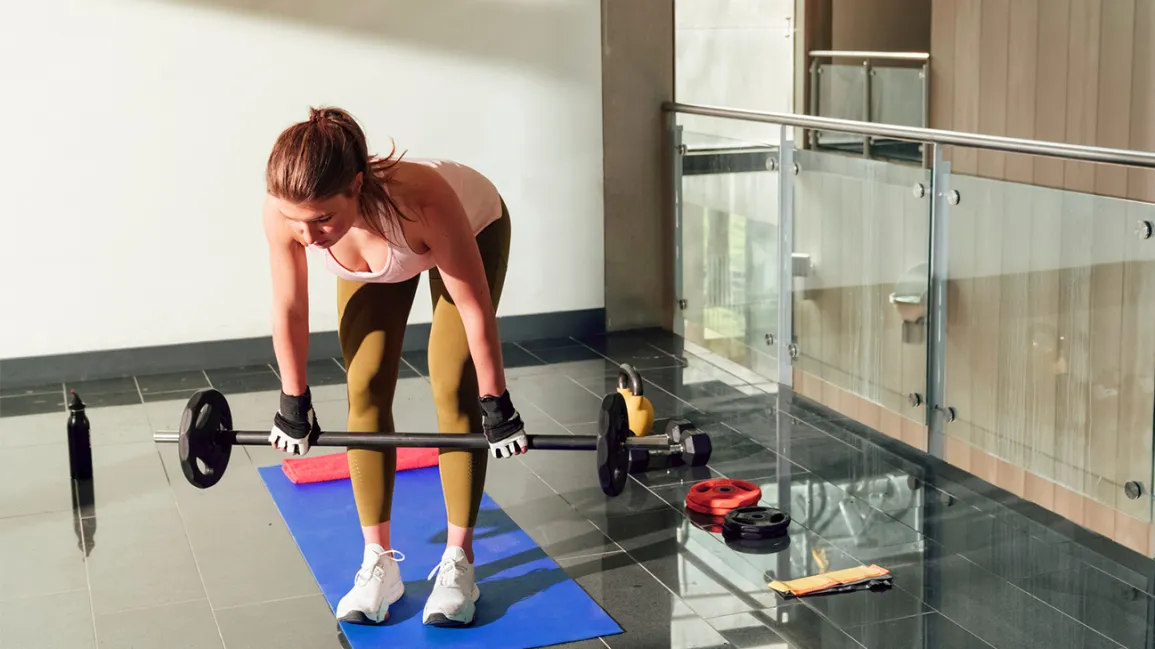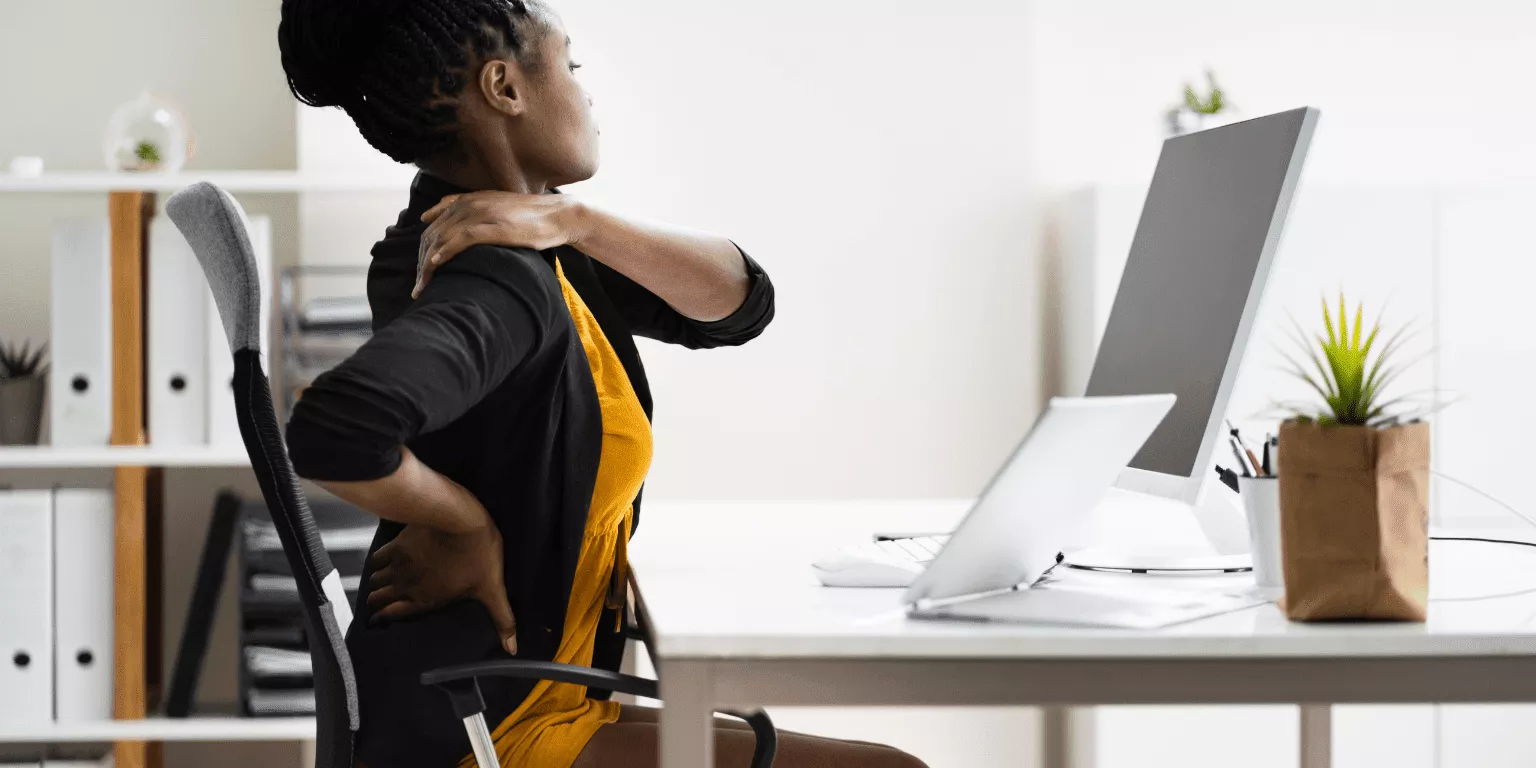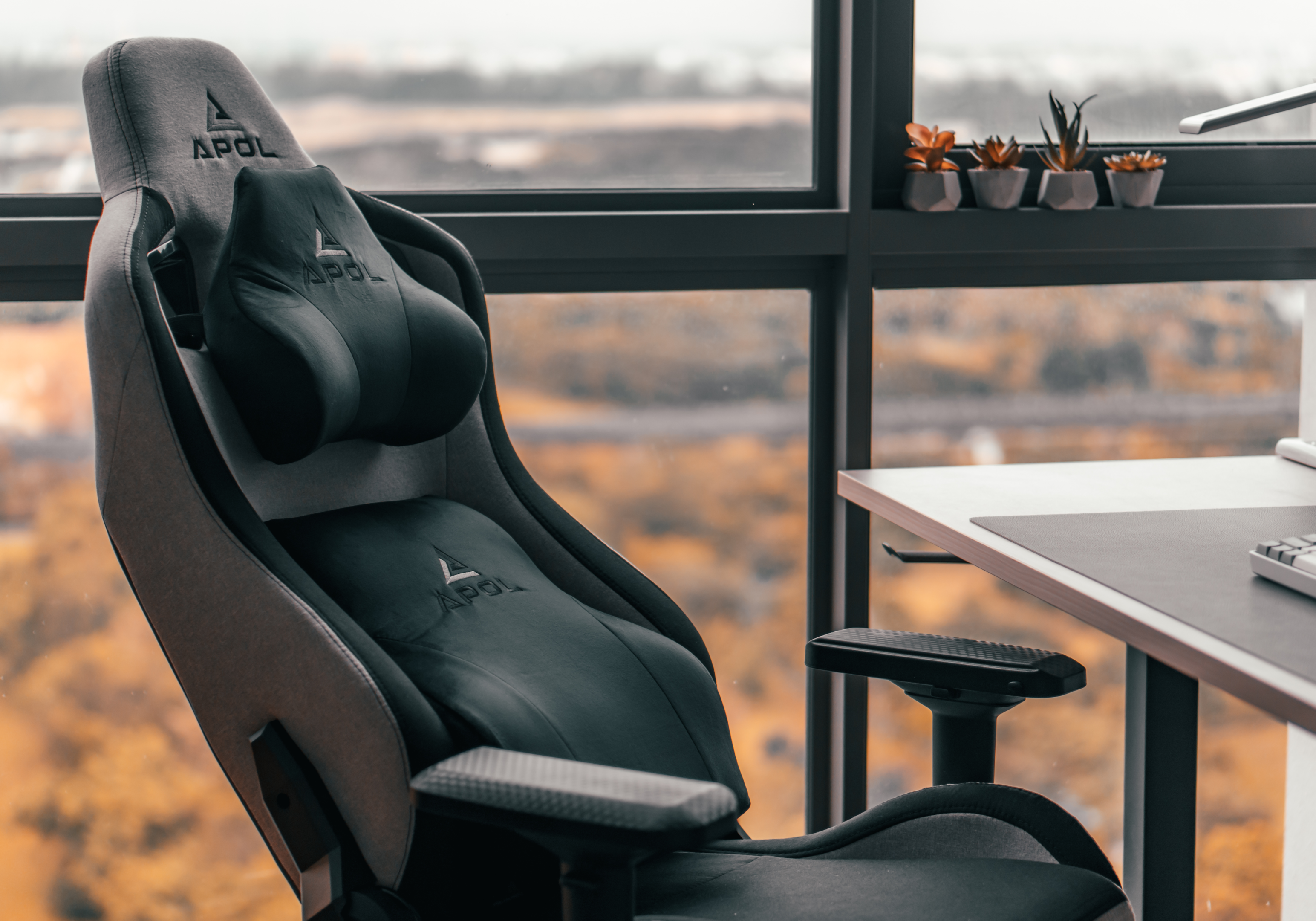11 Tips To Prevent Back Ache And To Prevent Yourself From Getting Hurt

There are countless ways you can develop back pain. If you've hurt your back, it's easy to know why you're experiencing discomfort and pain. However, you are far more likely to end up with back pain without knowing the cause of it.
That's because it can be a result of many day-to-day activities that span over long periods. For instance, sitting in the same position for hours, carrying heavy bags, and twisting to reach that jar on the kitchen countertop can injure your back's delicate tendons and muscles. Exercise is also a factor that may lead to back pain, especially when one does not stretch properly. Core muscles in the back may be affected.
Luckily, there are plenty of ways to prevent backache, avoid getting hurt and reduce pain, such as doing lower back exercises and improving posture. Before we dive into the actionable tips, let's see how doctors classify back pain.
Two types of chronic back pain
Back pain can be classified as all other "local" pains. It can be either chronic back pain or acute back pain. There can be several causes, including muscle spasms, muscle strains, nerve injuries, and degenerative medical conditions (slipped disc).
For back pain to be considered chronic or long-term, it has to last at least three months. It most commonly affects the upper and lower back area, resulting from everyday activities. Lower back pain is often caused by bad posture.
Since the back muscles constantly send pain signals to the brain, people don't just experience non-stop pain and discomfort; their quality of life also suffers.
Acute back or short-term back pain is often a result of an injury. It can be anything ranging from a fall to a car accident. This pain can last a few days and up to a few weeks. If activities make the pain worse, you should get proper medical care.
Let's see what you can do to prevent back ache.
-
Keep your back flexible with simple lower back pain exercises

Most people have approximately the same daily routine. They get out of bed, commute to work, spend hours sitting, return home, and spend the rest of the day sitting. In other words, you are not doing anything to make your back flexible and support it to withstand hours of sitting in a chair.
Simple back stretches can help you improve your flexibility and relieve pain or provide substantial relief. There are many lower back stretching exercises. Let's go through a few.

Child pose is a traditional yoga pose that can help prevent back pain. It stretches your spinal extensors, tight muscles, and gluteus maximus. It can help reduce neck, spine, and shoulder pain.

If you want to increase mobility in your spine and improve its flexibility, you should regularly do seated spinal twists. It stretches your back, glutes, and hips and activates your abdominal muscles.

Finally, the Cat-Cow stretch is a great way to activate your lower back muscles, including your chest and neck.
-
Regularly do back exercises

You also need to strengthen your upper body to avoid pain in your back. The strong muscles will help you keep your back straight. Plus, when you do back exercises, you will increase the blood flow to your back, bringing more nutrients and oxygen to the muscles, tendons, ligaments, and spinal discs, helping them stay healthy.
You can add plenty of simple back exercises to your exercise routine to keep your back strong and healthy.

At home, you can do bridges and supermans. Bridges will help you activate your glutes. Having strong glutes is crucial as they stabilize the hip joints and lower back during movement.

Supermans, on the other hand, activate your back extensors. These muscles are vital as they run along the spine, support pelvic bones, and help maintain good posture.

If you have a gym membership, you can add some of the following lower back strengthening exercises – rack pull, bent over row, back extension, and barbell good morning.

These exercises will improve your grip and back strength, postural strength and control, and strengthen spinal stabilizers to prevent spinal flexion.

If you want to keep your back safe, slowly lift weights off the ground and use your legs instead of your back. If you are seeing a doctor of physical therapy, consult them to ensure you can do any of these exercises.
-
Maintain regular physical activity

The most effective thing you can do to avoid back pain is to stay active. Regular physical activity can help with pain relief, muscle strengthening, and keeping those joints healthy.

For instance, you can join a yoga program and do it at home. Alternatively, you can start walking, hiking, or jogging. Mountain climbing is also an alternative to help you address that chronic back pain and avoid taking muscle relaxants and going to physical therapy altogether.

-
Improve your posture

A bad posture can also cause back pain. It affects your entire body, including the back, hip, legs, and abdominal muscles. Some of the most common bad postures include standing with a flat back, sticking your bottom out, leaning on one leg, hunching over the keyboard, keeping your shoulders rounded, slouching in a chair, and cradling your phone.

Maintaining a good posture and neutral position is the best lower back care you can provide. You should always be conscious of how you stand. You should always stand upright with your shoulders slightly pulled backward.
-
Start eating healthy
Eating healthy can also help you prevent back pain. It's all about keeping your digestive tract on track while giving your body the nutrients it needs to mitigate stress. Avoid fast and spicy food, as it can make you feel bloated and too tired to work on your posture and improve back strength.
How do you stop back pain with a diet? It's simple. You must make meals incorporating whole grains, dairy products, lean meats, and lots of fresh fruits and vegetables.
-
Take your vitamins
There is another factor you must consider if you want to relieve chronic back pain. As you age, osteoporosis kicks in. It is a degenerative disease that weakens your bones and can cause back pain.
That's why you should take your vitamins. Focus on getting recommended daily calcium and vitamin D doses for your age. It will help you prevent osteoporosis and keep your bones strong and healthy.
-
Try to reduce stress as much as you can

Reducing stress can also help prevent back pain. Many people are unaware of how the body reacts to chronic stress. One of the things you will do unconsciously is to keep your muscles tense.

This constant tension makes your back prone to injuries. Chronic stress and tension can cause back pain even if you don't injure it. Try to reduce the stress as much as you can. You can try a new hobby or find anything along those lines to vent off.
-
Consider changing the sleeping position

Did you know that you may stop taking opioid medications or nonsteroidal anti-inflammatory drugs by changing your sleeping position? Yes, your bed rest awkward position can cause back pain or make it even worse.
Consider sleeping on your side, as this is the best position for your spine. You can use additional pillows to get better support and relieve pressure off your spine and spinal cord.
-
Learn how to sit properly

If you spend several hours a day behind a desk, you can help your back by improving your sitting posture. Slugging or sitting incorrectly in your chair puts a lot of pressure on your back and neck muscles, causing pain, especially if you don't keep your feet flat and knees bent.

At first, you will have to consciously force yourself to sit upright before it becomes a habit. Here is what you need to do:
-
keep your feet flat on the floor;
-
keep your knees bent at 90 degrees;
-
your upper body and your thighs should also maintain a 90-degree angle;
-
your back and neck should stay vertical at all times;
-
while working, your elbows should also remain at a 90-degree angle.
Adjust your chair to support this starting position, and you will start noticing benefits even if you spend long hours working at a desk. Physical therapy is also an option.
-
Use back support when sitting for hours

If you have problems maintaining a good posture while sitting, you should consider using additional support. A back brace can prevent back injuries and help with good posture.
Since it limits movement, a back brace will help keep your spine in good alignment.
-
Invest in ergonomic furniture

Finally, you can prevent lower back pain by investing in ergonomic furniture. Sitting in ergonomic chairs can ease back pain and benefit your overall health.
You can also consider investing in a standing desk to change your position whenever necessary. A mattress designed for additional back support can also be valuable to your bedroom
Conclusion
Back pain can sometimes be brutal to get rid of. That's why you should adopt a proactive instead of a reactive approach. Following the 11 tips, we've shared will help you strengthen your lower muscles and increase your back flexibility, thus preventing backache and injuries.


